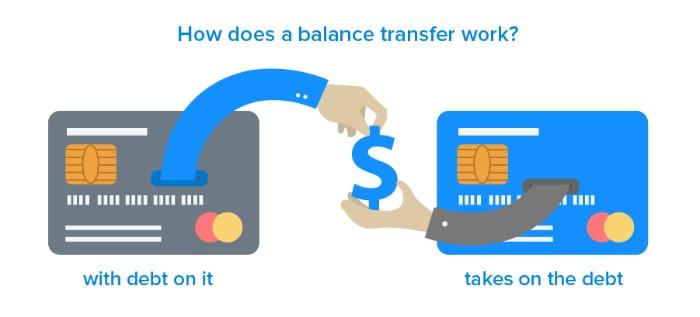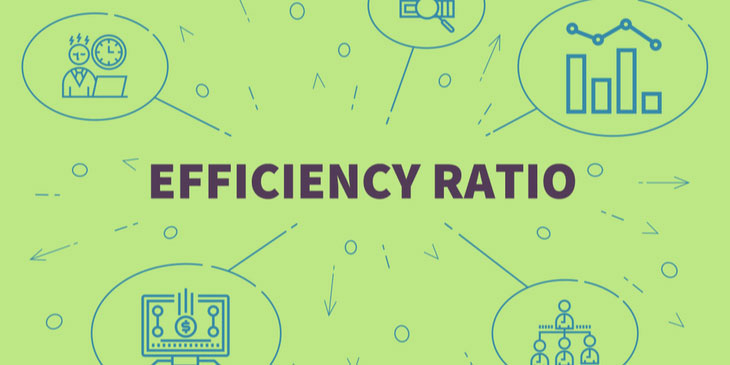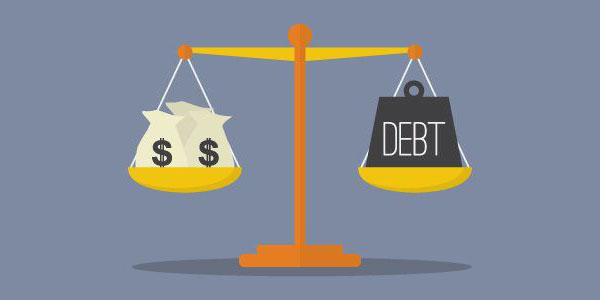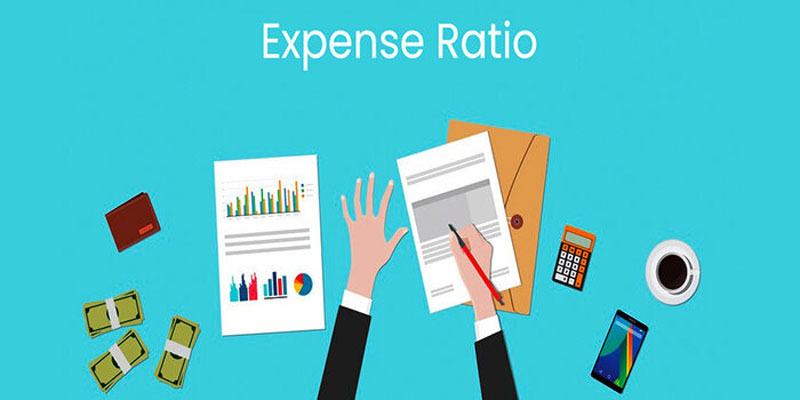Balance Transfer Credit Cards: What You Need to Know
Feb 09, 2024 By Triston Martin
Are you hoping to pay down your credit card debt and explore the benefits of a balance transfer card? If so, you’re in luck—a balance transfer credit card could be just the tool you need to optimize your financial future.
Balance transfer cards enable customers to save money by paying off their outstanding balances and transferring them onto a new credit card with an introductory low or zero percent interest rate.
These promotional rates can allow for significant savings on interest paid over time if managed properly - however, certain factors should be considered before taking advantage of this offer.
In this blog post, we will discuss how balance transfers work, what potential pitfalls should be avoided, and answer related questions about qualifying for a new balance transfer credit card. Continue reading to learn more.
What is a balance transfer credit card?
Existing high-interest debt can be transferred from one credit card to another, usually with a significantly reduced interest rate, with a balance transfer credit card. Balance transfer credit cards provide a special technique to lower overall debt and save money on interest payments. The incentive programs many banks offer for transferring balances can further boost the credit card's ability to help users save money.
What are the benefits of a balance transfer credit card?
One of the primary benefits of a balance transfer credit card is that you can take advantage of lower interest rates. This means your payments will pay down your principal balance rather than just interest. This can help you pay off your debt faster and save money in the long run. Additionally, many of these cards offer rewards for making balance transfers, which can further increase your savings potential.
How to choose a balance transfer credit card?
When choosing a balance transfer credit card, it’s important to consider several factors. First, look for a card with a low-interest rate and no annual fee. Second, read the terms and conditions carefully to ensure you understand any fees associated with the card. Finally, take advantage of any rewards offered by the card issuer. These can often help reduce your overall debt load.
By taking the time to research the options carefully, you can find a balance transfer credit card that best meets your needs and helps you save money on interest payments. With the right card, you can progress toward paying off your debt faster and returning to financial freedom.
What is the credit card balance transfer fee?

A credit card balance transfer fee is a one-time fee the issuer charges when you move an existing debt balance to another credit card. This fee can be as high as 5% of the transfer amount and will depend on your card's terms and conditions. Be sure to read the fine print to ensure you understand any fees associated with the card and take advantage of any introductory offers.
Some balance transfers may be subject to an additional processing fee or a minimum transfer amount. Knowing these terms can help ensure that you make the most informed decision possible when transferring your debt from one credit card to another.
It’s important to remember that while a balance transfer may help save money on interest payments, the associated fee is still an additional cost. Additionally, it’s wise to pay off as much of your existing debt as possible before transferring, as this will help reduce the fees you have to pay.
By taking the time to understand all of the terms associated with balance transfer credit cards, you can make an informed decision that makes sense for your financial situation. With the right card, you can progress toward paying off your debt faster and returning to financial freedom.
When you transfer balance on credit cards, what happens
When you transfer a balance on credit cards, the existing debt is moved from one card to another. This typically results in a lower interest rate, which means more of each payment goes towards paying down the principal balance rather than just interest. Many banks offer rewards such as cashback or miles for making balance transfers, which can further increase your savings potential.
It’s important to note that many credit cards will charge a balance transfer fee, typically between 3% and 5%, added to the transferred amount. Some transfers may require an additional processing fee or minimum transfer amount; read the terms and conditions carefully before making any decisions. Lastly, it’s important to pay off as much of your existing debt as possible before transferring, as this will reduce the number of fees you have to pay.
By taking the time to research balance transfer credit cards and understand the terms associated with them, you can choose a card that best meets your needs. With the right card, you can progress toward paying off your debt faster and returning to financial freedom.
What does balance transfer mean for credit cards?

A frequent credit card practice known as a balance transfer involves moving debt from one credit card account to another. This usually entails moving a debt balance from one card to another with a lower interest rate to minimize the interest you'll pay.
Some cards also offer rewards such as cashback or miles for making balance transfers, which can further increase your savings potential. It’s important to remember that many credit cards will charge a balance transfer fee, typically between 3% and 5%, added to the amount being transferred.
Some transfers may require an additional processing fee or minimum transfer amount; be sure to read the fine print to ensure you understand any fees associated with the card and take advantage of any introductory offers. Knowing these terms can help ensure that you make the most informed decision possible when transferring your debt from one credit card to another.
FAQs
What is important to know about a balance transfer?
When considering a balance transfer, it’s important to remember that many credit cards will charge a balance transfer fee, typically between 3% and 5%, added to the amount being transferred. Lastly, it’s wise to pay off as much of your existing debt as possible before transferring, as this will help reduce the number of fees you have to pay.
Are there rewards for making balance transfers?
Yes, many banks offer rewards such as cashback or miles for making balance transfers, which can further increase your savings potential. However, it’s important to read the card terms carefully before transferring, as some cards may have higher fees and restrictions than others.
What are the benefits of balance transfers?
The primary benefit of a balance transfer is that you can reduce your interest rate and pay off your debt more quickly. By transferring an existing debt balance from one card to another with a lower interest rate, you can save money on interest and fees while progressing toward paying off your debt faster.
Conclusion
Balance transfer credit cards are a useful tool for managing debt and helping to build good credit. Whether you are considering transferring balances from existing cards or applying for a new balance transfer card, make sure you understand the process and the associated fees.

Efficiency Ratio: The Financial Metric That Calculates How Profitable Your Bank Is

Top 7 PayPal Alternatives in 2022

Leading Commercial Real Estate Investing Firms for 2024

How to Buy Stocks Step by Step: A Comprehensive Guide to Investing

What Is the Effective Yield?

Debt-To-Income Ratio Need for a Mortgage

Guide to Setting Up Your First Health Savings Account

How Mutual Fund Expense Ratios Work: Explain in Detail

Should you pay off debt or save first

